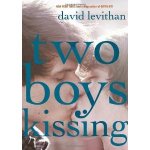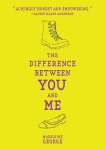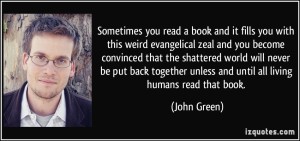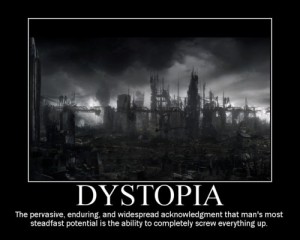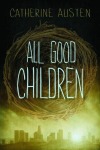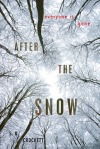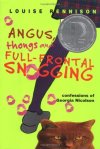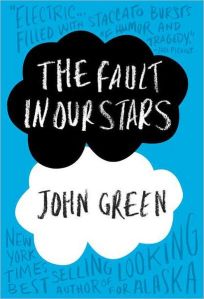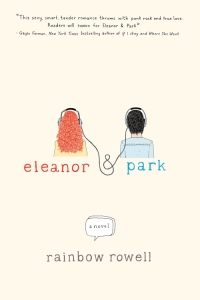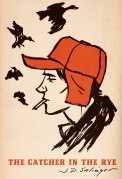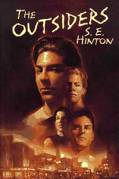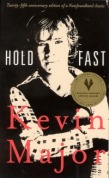Orca Soundings novels were developed to reach reluctant or lower reading level young adults and are designed to: discuss contemporary issues faced by teens, be short, have linear plotlines, compelling characters, and of high interest as outlined on the Orca website. The novels receive fairly good reviews and the personal accounts of young adult librarians support its popularity for this age group. The appeal factors for reluctant readers are the short length of the books, fast paced, topic centred, and strong, if not well-defined, characters. Several young adult librarians note that these books are a way or tool with which to develop a reader. A search for reviews of the Orca series found only those of teachers, formal publications, and librarians and did not retrieve any reviews written by teens themselves. This could be the hesitance of this group of readers to create reviews, but it appears to be a gap and causes me to question how effective the books are or if teens really do like and engage with them.

The two novels in the series that I read were not chosen based on level of interest, but by what I could find at the library at the time of the assignment. Therefore, my selection already had a higher chance of disinterest as I had a limited number of materials available. I read B Negative by Vicki Grant and Truth by Tanya Lloyd Kyi and was not particularly impressed with either novel. I found the books to be very simplistic in character description and development and it was difficult to truly care about the main character, or in the case of Truth to even like her. The plots moved quickly and the books were easily read in one hour each. The novels felt too much like problem novels with specific lessons for the reader to learn and the very neat and tidy ending of the books was very unrealistic. In B Negative, who discovers that his stepfather is actually his birth father and that his Dad, who has sacrificed so much to support Paddy and his mother, had no biological connection. In the space of three chapters, the issue is resolved and all involved become a happy family with little lingering resentment and no restitution from his mother and step/birth father to the man who has funded their lifestyle for years. Personally I dislike novels that end like this because it seems an insult to the reader’s intelligence. No family can resolve those issues so quickly and I suspect few teens buy into this “happily ever after”.

After reading two novels from the series, listening to fellow class members discuss their experiences, and examining the reviews, I think that these books will likely never hold much interest for me, though I will attempt to read several more to gain a better understanding. I think that I will also recommend these books to reluctant readers, especially if they would be willing to review the books themselves.
